- Learning time
- 10 minutes
- First play time
- 30 minutes
Kingdomino
Designed by: Bruno Cathala
Kingdomino takes the basic premise of dominoes – tiles must match – but rather than numbers, the dominoes in question show landscapes, and all the players are building a kingdom of 5×5 squares, with each tile representing two squares.
Everyone begins with a single tile with their castle in it, around with you will build, and a wooden king in their colour. At the start of the game four tiles are laid out vertically that will show a mix of several landscape types: water, desert, forest, and so on. The tiles have a number value on the back of them, and the higher the number, the lower it is on the display – but the more rewarding the tile usually is. Some also have crowns on them, and these are important when it comes to scoring – more on that in a moment.
Turns are simple. Everyone takes the tile they chose last turn (it’s the tile with their king on it), and adds it to the land they are building around their castle – following the standard domino rules that tiles (at least one side of a tile, in this instance) must match.
But the choosing is the crux of the game, because when you pick up your tile, you place your king on the tile you wish to take next round. So taking the highest and least valuable tile will let you choose first next turn, whereas taking the lower and more rewarding tiles shoves you down the pecking order.
At the end of the game you score the amount of area for each landscape multiplied by the amount of crowns on it. No crowns – no points! You also get bonus points for completing the 5×5 grid with no spaces, and keeping your castle in the centre of it.
Joe says
Kingdomino is ingenious in its simplicity. Taking a lesser thing this turn to improve your turn order and thus your choices next turn is a thing that modern games have been doing for years, but here it's practically the whole game. Being able to see what's going to be available next turn messes with your head in a good way, and the spacial puzzle is a real challenge too - it's very possible to end up not being able to place your last couple of tiles through bad planning. Very clever in lots of ways, and very more-ish.
The guru's verdict

-
Take That!
Take That!
Nobody can come ploughing into your land and do any damage, so the Take That element is pretty much absent outside of the tile-choosing.
-
Fidget Factor!
Fidget Factor!
Very low. Usually which tile you want is pretty obvious, and unless you're picking first, you may not have a lot of choices anyway!
-
Brain Burn!
Brain Burn!
Low. There's some pattern-forming and spatial stuff going on here, but nothing taxing. The only thing you need to keep in mind is that there are only a certain amount of each type of tile. But the rulebook has a handy reminder at the back.
-
Again Again!
Again Again!
Tiles come out randomly and the game cannot be accused of out-staying its welcome.

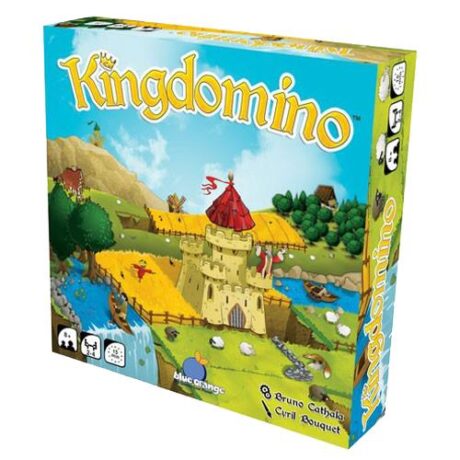
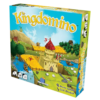
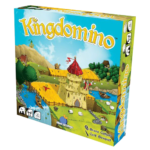


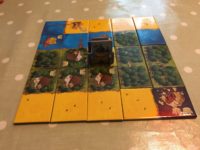


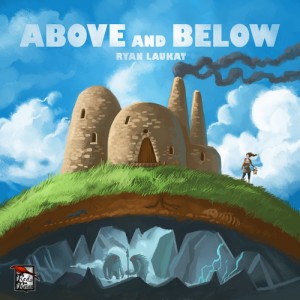

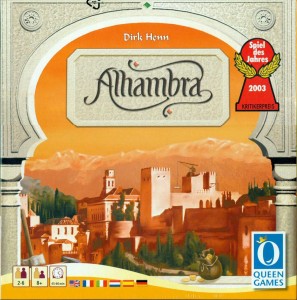
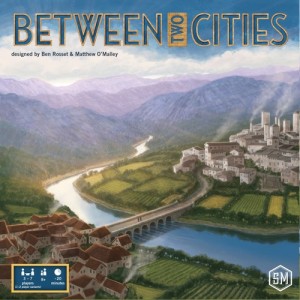
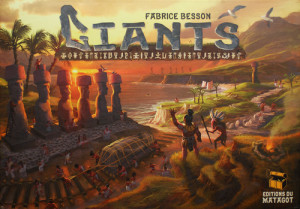
Sam says
A rather sweet tile-laying game that's simple enough for kids, but enjoyable for adults too. Despite the appearance and name, the game has enough depth - the choosing! - to keep everyone engaged, while the rules could only see off the doughtiest anti-gamer. Very simple, but very lovely. If you like it but fancy something a little feistier, it might be worth checking out the bidding game that is Jorvik.